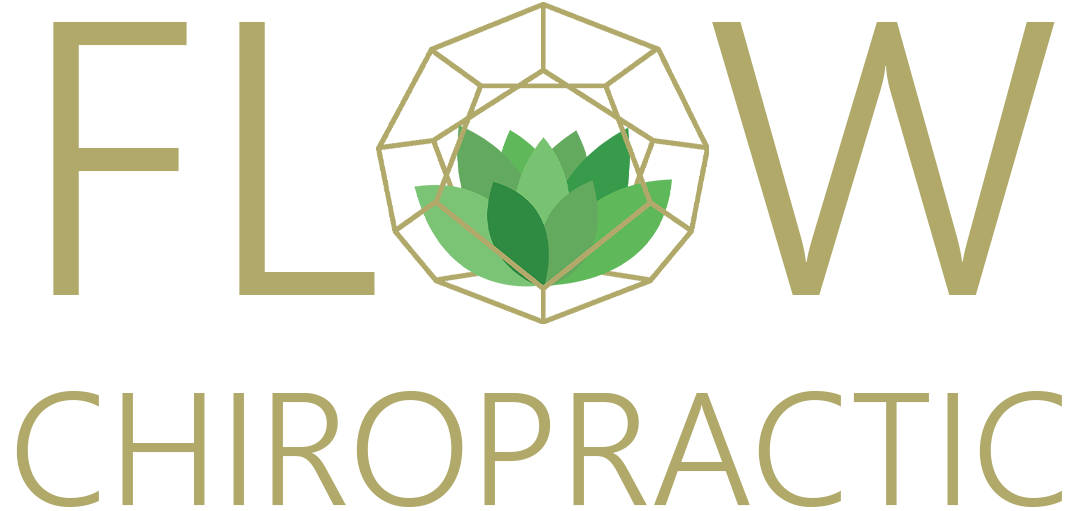Our nutrition approach step 5: Moving forward
Making changes to your nutrition can feel overwhelming, challenging, and confusing. I can’t emphasize enough how individualized this is. With that being said, I don’t have the answers and neither does Google for your specific case. What I can offer is guidance on where to get started in upgrading your nutrition strategy! Whether you're looking to enhance your energy levels, manage your weight, or simply feel better in your day-to-day life, embarking on a nutritional journey can be one of the most rewarding decisions you make and pay off the rest of your life. Let's dive into the steps to get started.
Step 1: Understand Your Nutritional Needs
The first step to improving your nutrition is understanding your body's unique needs. Factors such as age, gender, activity level, and health goals (like weight management or muscle gain) play a crucial role in determining the nutrients you require. A balanced diet rich in vitamins, minerals, fiber, protein, and healthy fats is essential for everyone, but the exact proportions can vary from person to person. I recommend creating an account in MyFitnessPal (the free version will due, but of course the paid version has more features) and logging your nutrition for a few days to get a feel for where you are at with calories, protein, fat, and carbs. You can also see other important nutrients that may be of particular interest to you like fiber intake (especially if you have digestive issues), sodium and potassium intake (especially if you are an athlete, breastfeeding, pregnant, are dealing with blood pressure issues, or low energy), iron intake (especially if you deal with iron deficient anemia), etc.
Once you get an average idea of where you are at with these numbers, plug them into the TDEE calculator to see how close you are to your recommended intake. Remember, the TDEE is just a calculation and can’t account for all of your specific variables, but at least gives you an idea of where modification may be made.
Step 2: Master the Art of Reading Labels
Get curious and start looking at nutrition labels of your packaged food. Fresh food doesn’t have labels, but you can easily plug in various food items into MyFitnessPal to start understanding nutritional content of food. Pay attention to serving sizes, calories, and the amounts of sugar, and macro breakdown.
Step 3: Incorporate Whole Foods
Most people kickstart a new nutrition plan with eliminating foods. I like to take the strategy of adding foods, in particular more whole, fresh foods, such as fruits, vegetables, and simple proteins to build foundation of your diet. These foods are minimally processed and packed with essential nutrients your body needs to thrive. Try to fill half your plate with vegetables at each meal, a quarter of your plate with protein, and a quarter of your plate with whole food carbohydrates like potatoes, squash, minimally processed grains like a slice of sourdough bread, rice, or oatmeal. You’d be amazing at how cravings disappear when you are eating regularly and getting in enough protein and carbohydrates.
Step 4: Plan and Prepare Your Meals
Meal planning and preparation can make a world of difference in improving your nutrition. By planning your meals in advance, you can ensure that you're incorporating a variety of nutrients into your diet and avoiding the temptation of unhealthy fast food options. Preparing meals at home also gives you complete control over the ingredients and cooking methods, allowing you to make healthier choices.
Step 5: Stay Hydrated
Water plays a crucial role in nearly every bodily function, and staying adequately hydrated is essential for optimal health. Aim to drink at least 1/2 your body weight in ounces per day, and more if you're active or live in a hot climate. Keeping a water bottle with you throughout the day can help you remember to drink regularly. Don’t forget to add electrolytes in as our filtered water is devoid of minerals that help maintain hydration. Sea salt, coconut water, Trace Mineral drops, electrolytes packets like LMNT, or fruit/vegetables like cucumbers and lemons are a great addition to your water intake.
Step 6: Listen to Your Body
Lastly, remember to listen to your body. It's the best indicator of whether your nutritional needs are being met. Pay attention to how different foods make you feel, and adjust your diet accordingly. If you're feeling sluggish, hungry, or unsatisfied after meals, consider revisiting your dietary choices and making adjustments as needed.
Improving your nutrition doesn't have to be a daunting task. By taking small, manageable steps and making mindful choices, you can significantly enhance your diet and overall health. Remember, nutrition is a personal journey, and what works for one person may not work for another. Stay curious, be patient with yourself, and enjoy the process of discovering what makes your body feel its best.

